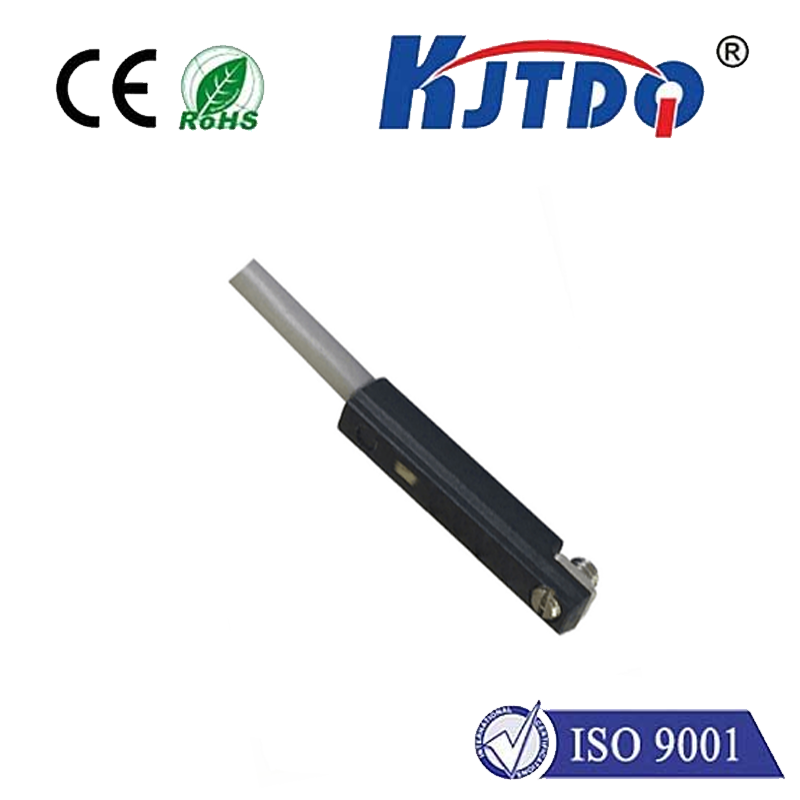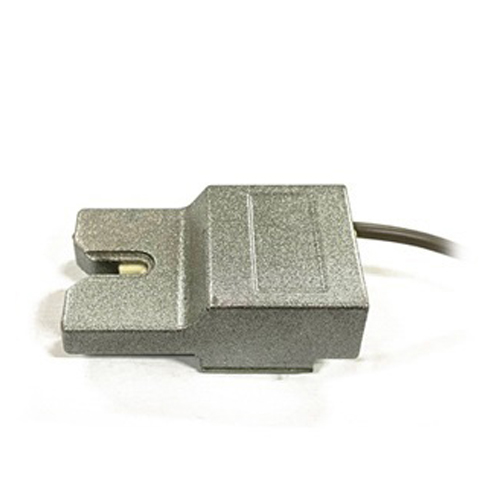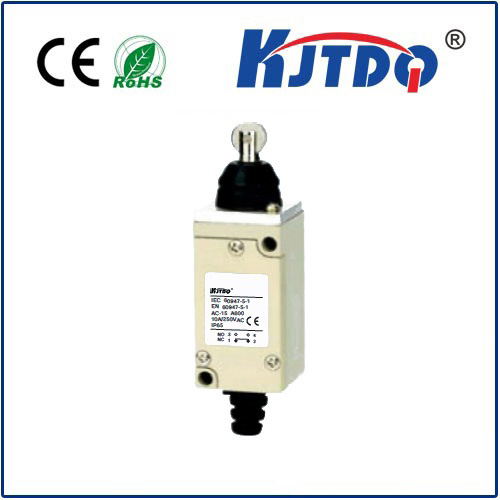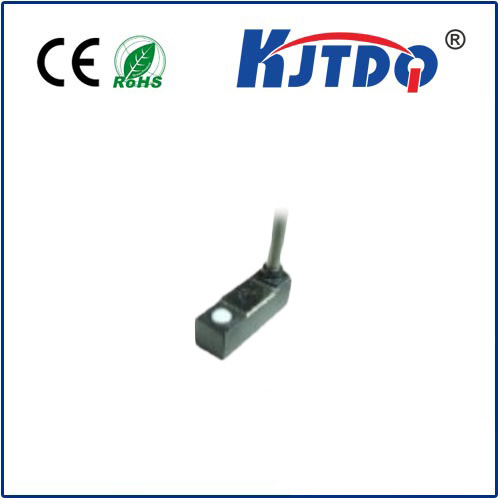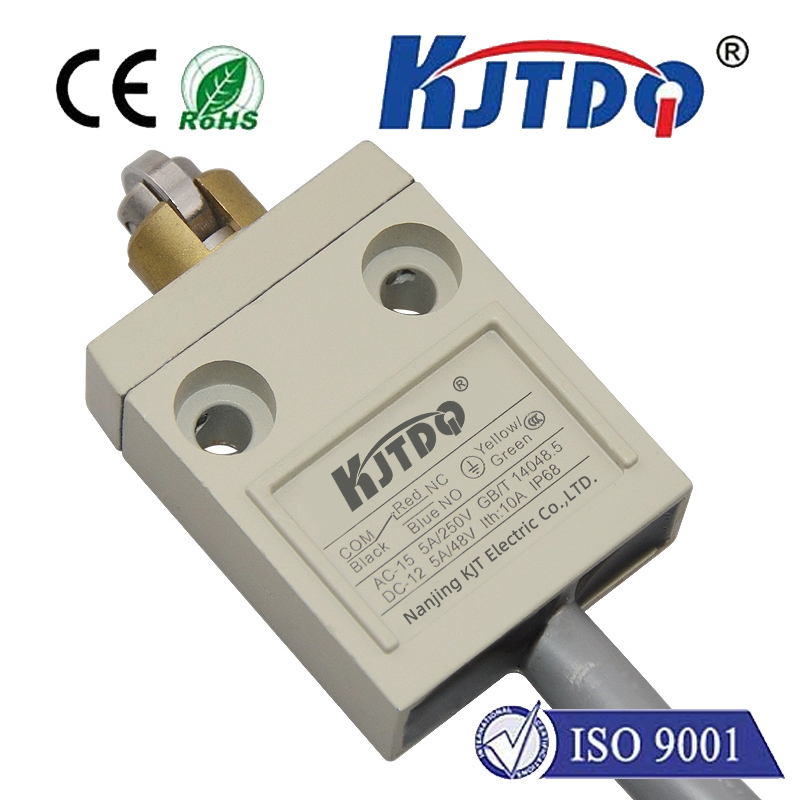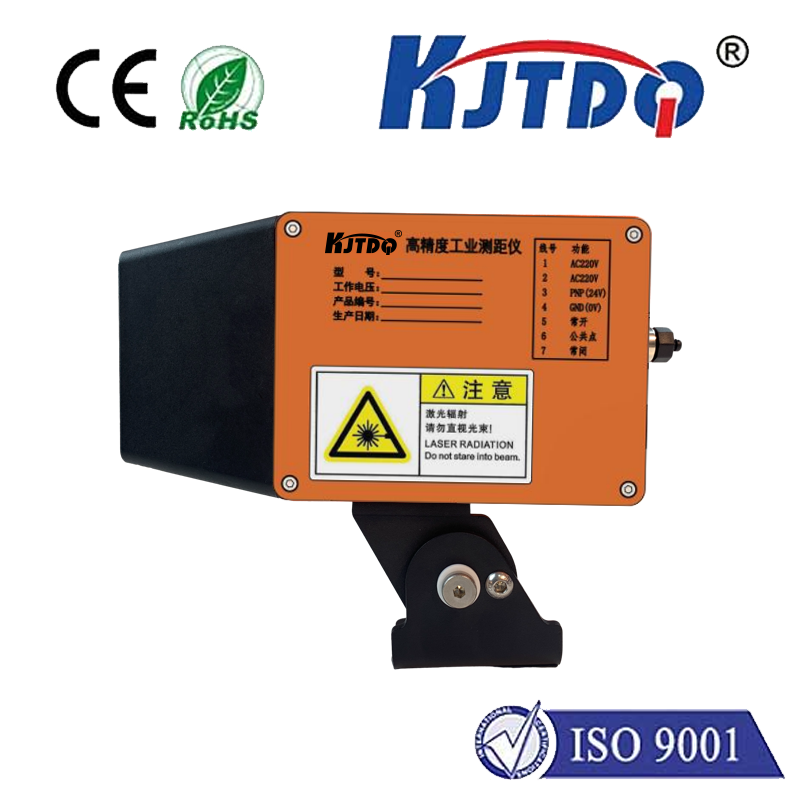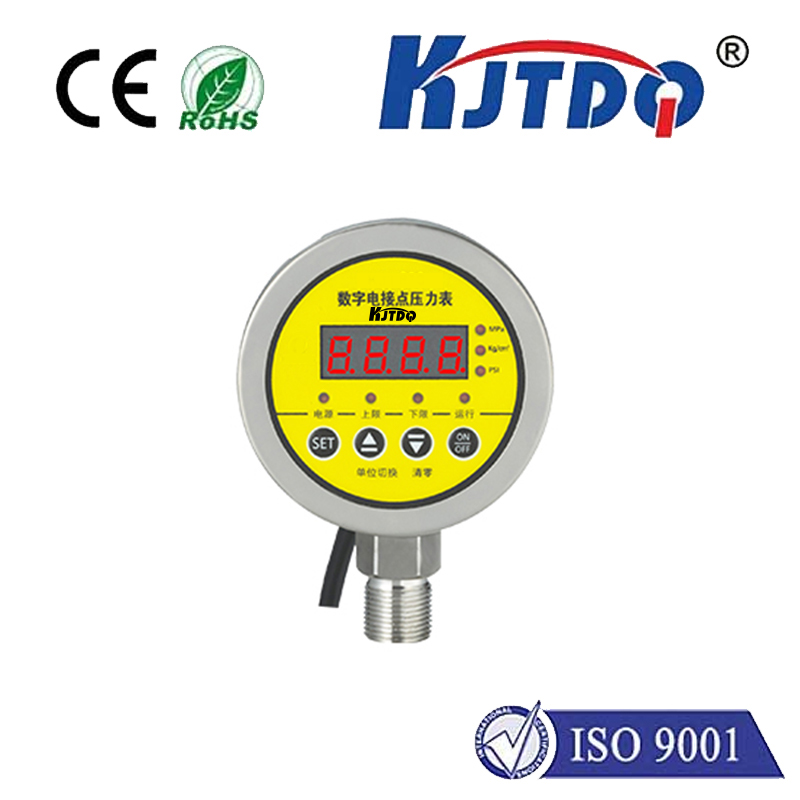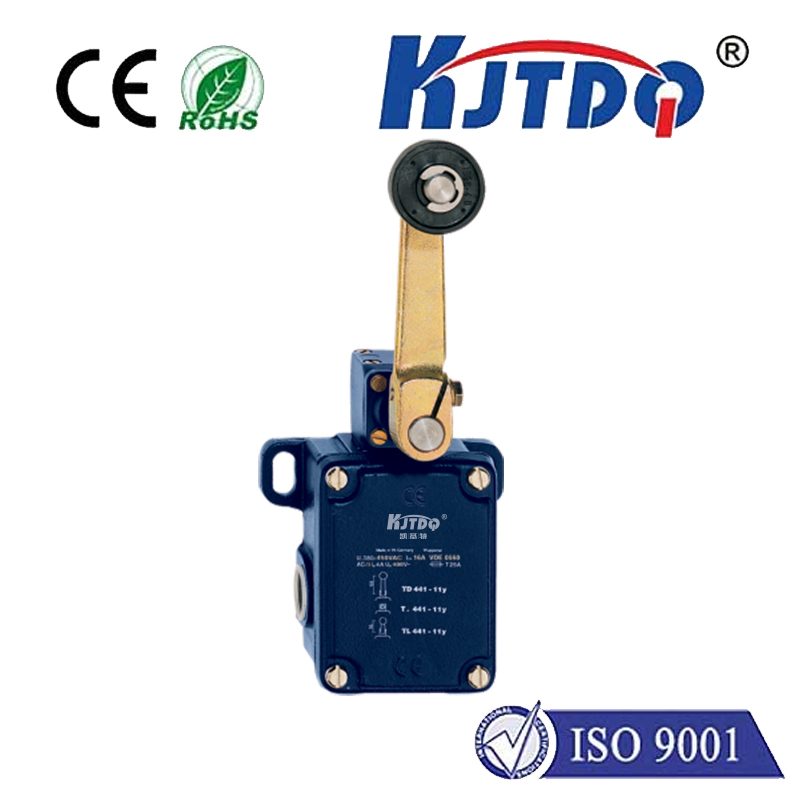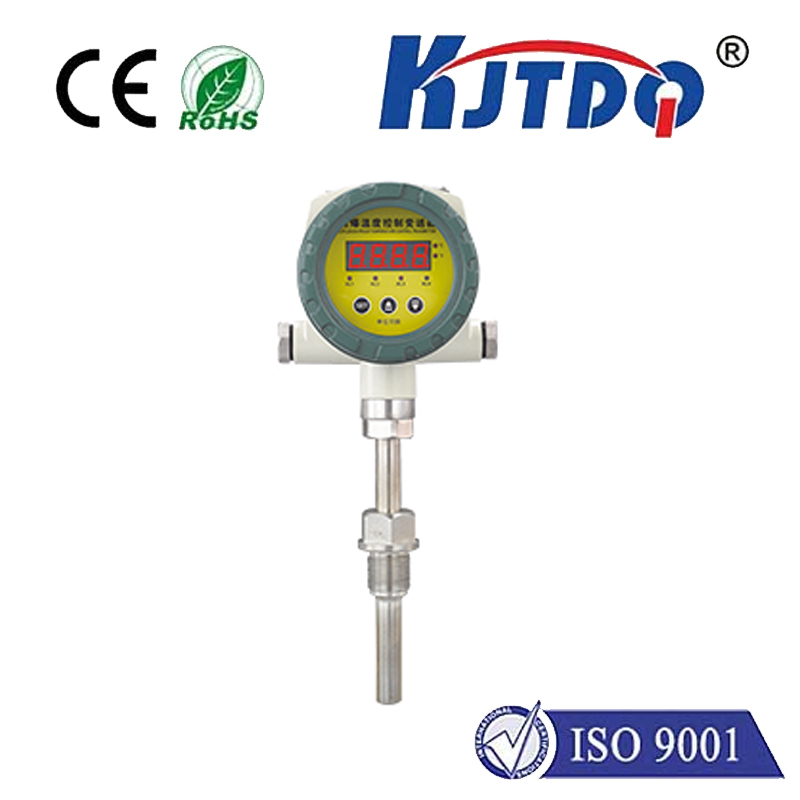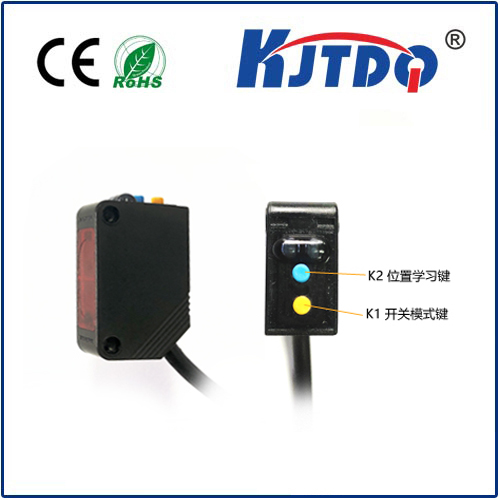

check

check

check

check

check

check

check

check

check

check
Title: Smallest Limit Switch on the Market: A Game Changer
In the fast-paced world of industrial automation, efficiency and reliability are paramount. One crucial component that helps achieve these goals is the limit switch, which controls the movement of machines and equipment. While traditional limit switches can be large and cumbersome, a new player in the market has introduced the smallest limit switch available, promising to revolutionize the industry. This article will delve into what makes this small limit switch unique and how it can benefit manufacturers and operators alike.
First, let's define what a limit switch does. Simply put, it is a mechanism that detects the presence or absence of an object and sends a signal to an automated system. This signal allows for precise control of machinery, ensuring smooth operation and minimizing downtime. In industrial settings, limit switches are used in a variety of applications, from robotics and manufacturing to mining and transportation.
The traditional limit switch typically consists of a lever or button that is pressed or released to activate a circuit. These switches can be bulky, making them difficult to install and maintain in tight spaces. Additionally, they can be susceptible to wear and tear over time, leading to decreased accuracy and reliability. However, with the introduction of the smallest limit switch, manufacturers can now offer a solution that addresses these issues while still providing reliable performance.
One of the main advantages of this smallest limit switch is its size. Measuring just a few millimeters in diameter, it is much smaller than traditional limit switches. This not only makes it easier to install but also allows it to fit into tight spaces where larger switches would not be practical. Furthermore, due to its compact design, the switch is less likely to be affected by environmental factors such as dust and moisture, improving its durability over time.
In addition to its size advantage, the smallest limit switch also boasts higher accuracy and reliability than traditional switches. This is achieved through the use of advanced technology, such as microswitches, which provide precise detection of object presence or absence. As a result, the switch can respond quickly and accurately to changes in machine position, minimizing errors and ensuring efficient operation.
Another benefit of this smallest limit switch is its cost-effectiveness. By using smaller components and cutting out unnecessary features, manufacturers can reduce production costs without sacrificing performance. This makes it an attractive option for budget-conscious businesses looking to upgrade their automation systems without breaking the bank.
Finally, the smallest limit switch offers improved safety features compared to traditional switches. Due to its compact size, it is easier to identify in case of malfunction or emergency situations. Additionally, some models come with built-in protective covers or insulation to further enhance safety.
In conclusion, the introduction of the smallest limit switch marks a major milestone in the field of industrial automation. Its size, accuracy, reliability, cost-effectiveness, and safety features make it an attractive alternative to traditional switches for manufacturers and operators alike. As the demand for efficient and reliable automation systems continues to grow, it is likely that we will see more innovative solutions like this one enter the market in the future.
